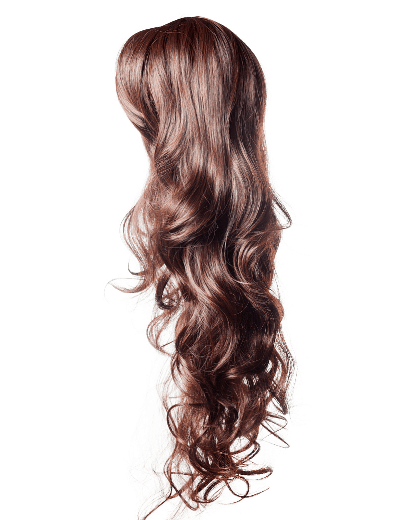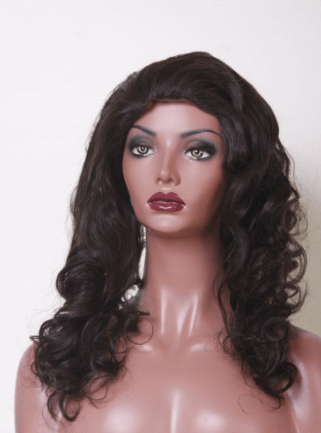Wigs work wonders for women with medical hair loss or those who are just having a bad hair day.
While there are many different types of wigs, along with several ways of wearing them, the effects of wigs on hair growth appear to be negligible.
Machine-Tied Wigs
Machine-tied wigs range in quality and price, with various cap constructions.
Many are wefted or vented to allow the scalp and underlying hair to breathe. Unless a wig is improperly fitted, there should be no hindrance to hair growth.

Hand-Tied Wigs
Many high-quality wigs, whether made with synthetic or human hair, are hand-tied on a fine lace mesh cap.
This allows for a light, airy fit with plenty of ventilation. Proper ventilation in wigs is important, as too little can lead to the hair follicles becoming clogged over time.
Wig Fittings
The majority of premade wigs are a medium size, which many people can wear.
There are also adjustable caps to suit different head sizes. An improperly fitted wig can cause scalp irritation and tangling of the underlying hair, which can lead to growth problems.
Wig Adhesives
Lace front wigs are often applied to the perimeter of the hair line with products such as spirit gum or bonding glue.
After repeated applications and removals, these products can thin out the edges of your hair, or create patches at the hair line. These effects may be irreversible.


